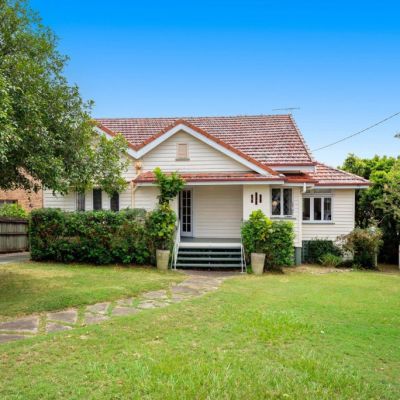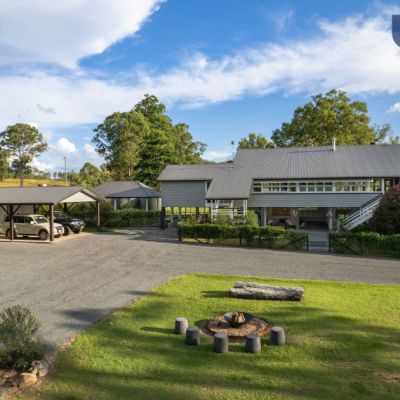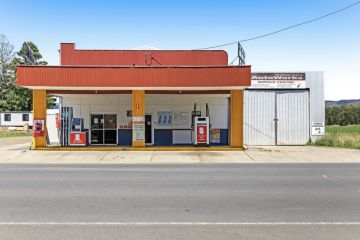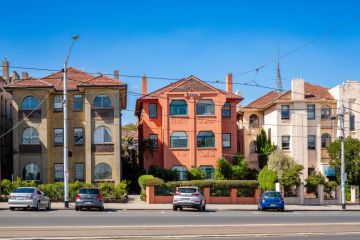The locations where houses make more money than their owners
Does your house earn more money than you?
In Australia’s two-speed housing market, some home owners made higher paper capital gains over the past year compared to their salary, while others earned more money at work as the local housing market traded sideways.

New analysis from Ray White found even though Sydney and Melbourne house prices have risen over the past 12 months, relatively modest growth meant the gains have not been as much as the typical worker took home.
But in Perth, which has been in a property boom, house prices outstripped wages over the past year, while in Brisbane and Adelaide, also in the late stages of booming, house price gains and personal income were at similar levels.
Markets are now shifting as interest rates fall, putting upward pressure on prices in the historically interest rate sensitive Sydney and Melbourne, but experts thought it was not yet clear if price gains will outstrip incomes in the coming year.
Perth’s house prices surged $95,022 higher, between April 2024 and April this year, from a median $812,482 to $907,504, data from Ray White’s Neoval shows.
That compared to a yearly personal wage of $81,568, based on Australian Bureau of Statistics figures.
It was a much different story on Australia’s east coast. In Melbourne, house prices rose just $13,805 over the year, and the annual salary was $76,617.
Sydney’s house prices jumped $52,006, compared to annual earnings of $78,512.
In Brisbane, there was just a $2411 difference in house price gains and wage income, while in Adelaide the gap was only $227.
The last time wages outstripped house prices was during the market slowdowns in 2023 and 2019, senior data analyst with Ray White Group Atom Go Tian revealed.
Ray White chief economist Nerida Conisbee said the Sydney and Melbourne markets had been a lot more sensitive to interest rate rises than out west.
Sydney and Melbourne had been hit by affordability issues, meaning house price gains fell behind wages, especially in more expensive areas.
“The top end of the market is definitely seeing a slowdown,” Conisbee said. “We normally think of people buying expensive houses not needing big mortgages, but some do, and interest rate rises now mean it’s harder to get finance.”
But Perth’s housing market seemingly shrugged off the challenges as a lack of new housing created more competition over properties for sale in Perth, meaning prices kept booming, she said.
Perth’s market was also buoyed by its recovery after the mining boom and bust, she said.
“There is a lack of houses in Perth because of the really big construction problems,” Conisbee said. “Construction costs have continued to increase … and there have been a lot of competing demands.
“There’s been a bit of catch up as well because for 10-15 years house prices fell in Perth, so prices have jumped to get back to where they should have been.”

The last time Sydney and Melbourne were in a property boom three years ago, data showed some wealthy neighbourhoods recorded house price rises of more than $1 million, earning more than 10 times pay packets.
But the opposite was now happening, with home owners most likely to earn more than their houses in affluent suburbs such as Victoria’s Toorak and South Yarra, and Sydney’s Balmain, the Ray White research showed.
House price gains also trailed incomes in regional areas in NSW, Victoria, Queensland and Western Australia.
Regional NSW’s house prices jumped $26,712 while wages sat at $60,073. Regional Victoria’s house prices were up by a more subdued $11,920 with wages at $62,300.
AMP chief economist Dr Shane Oliver said property markets in Sydney, Melbourne, Hobart and Canberra had been weaker over the past 12 months as they had hit their peaks much earlier than Perth.
With 13 interest rate increases between May 2022 and September 2023, and only two decreases this year so far, it was unclear whether any further cuts would have a big enough impact for house price gains to eclipse wages there over the next 12 months, he said.
House prices had kept rising due to a lack of supply and strong population growth, albeit at a slower pace than during the COVID boom, he said.
But he had a warning for the still relatively affordable west coast market.
“Affordability was already worse in these [east coast] capitals so it left them more vulnerable to higher interest rates,” Oliver said. “Perth will start to run into trouble as affordability issues hit.”
We recommend
States
Capital Cities
Capital Cities - Rentals
Popular Areas
Allhomes
More
- © 2025, CoStar Group Inc.










